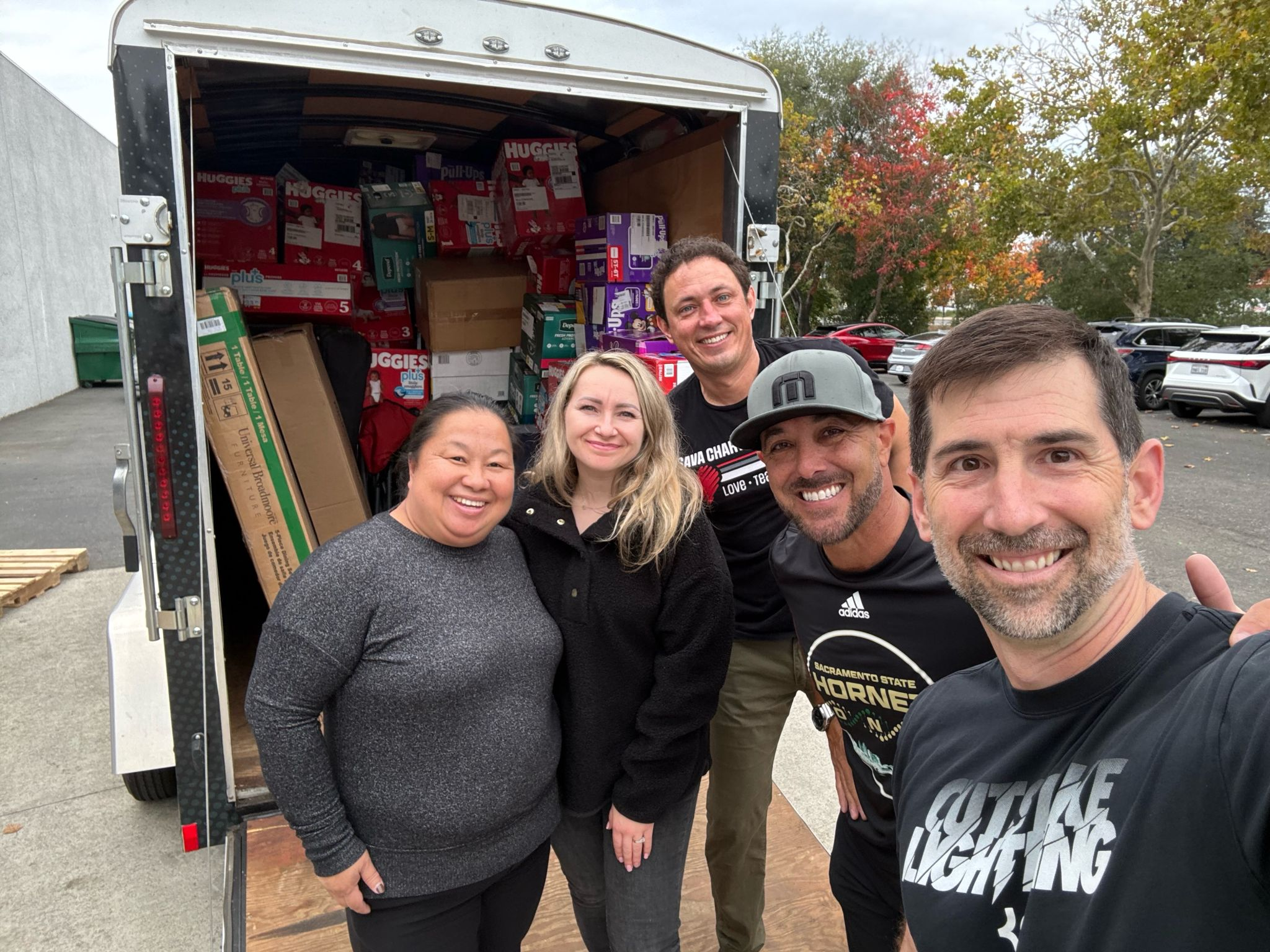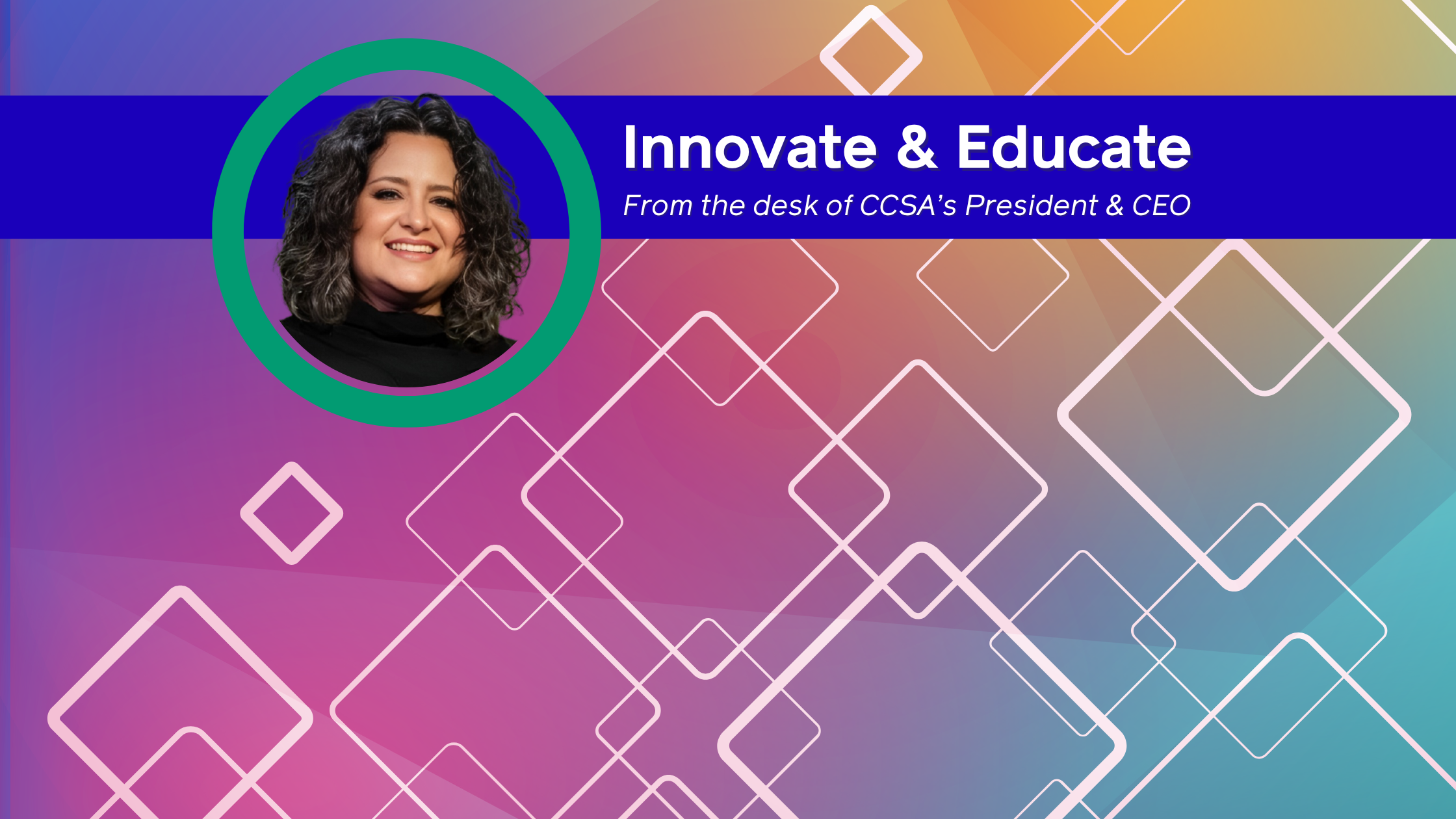What are the best practices driving success in nonclassroom-based charter public schools?
In our latest report, Serving Diverse Student Needs in the Golden State: Practices and Programs of Nonclassroom-based Charter Public Schools, we spoke with NCB superintendents and principals from across our state to find out.
Through our discussions, we gathered eight common practices that are helping NCBs meet student needs and achieve successful learning environments:
- High level of individualized or personalized learning
NCB curriculum and instructional style and timing are adapted to fit into the lives of each student. The personalized learning model provides choice and flexibility in curriculum, learning environments, and pacing for every student. NCBs can also include a tailored blend of distance learning, independent study, home study, site-based instruction, or other services at resource center facilities, community and project-based learning, internships, and career technical education pathways.
- Synchronous and asynchronous learning
NCBs offer a mix of live classrooms and offline ‘go at your own pace’ courses that feature recorded live sessions. This allows replay in addition to 1:1 or small group supports. According to NCB school leaders that we spoke with, research has shown that a combination of synchronous and asynchronous learning models can be more effective.
- Strong teacher and student relationships
Given that teachers are not seeing most NCB students in a physical classroom five days a week, they are required by law to sign written agreements with each student’s family, outlining the division of responsibilities between school staff and the family. NCBs must maintain a 25:1 student-teacher ratio, which has been embraced as an opportunity—assigning teachers a group of students to connect with regularly outside of class. According to NCB leaders, that has resulted in stronger, ongoing connections between teachers and students.
- Flexibility of instructions timing and style
NCBs provide the flexibility to choose the time, pacing, and delivery method of instruction. Every school leader we interviewed for this report mentioned the importance of students being able to design their own schedule. This is especially important during the COVID-19 pandemic, as many NCB students are contributing to their families’ income or helping to raise brothers and sisters. This flexibility enables students to have more work options during the day. As another example, schools serving at-promise youth or adults allow students to opt into an intensive schedule where courses are taken one at a time every 3-4 weeks.
- Parents are active participants in students learning
NCB operators recognize that students will most likely need the support of an adult if they are to stay on track with schoolwork. In fact, this type of engagement between a parent and their child’s education has been shown to result in higher student achievement. Many NCBs host trainings for new parents/guardians when students first enroll.
- Emphasis on students responsibility
More so than with a site-based education, academic success at NCBs is dependent on the motivation and perseverance of students. To help students adjust to the increased flexibility of their model, NCBs offer supports and structures to emphasize personal responsibility and accountability for learning.
- Adapted to meet diverse student needs
Families appreciate the NCB model because of the possibility for a high degree of accommodation for special or unique needs. NCB leaders say that some students arrived at NCB programs because of bullying or emotional distress they experienced through the site-based school system. Students who had children of their own or who had already dropped out of several site-based programs may also turn to an NCB to continue their education. Because of these wide-ranging circumstances, NCBs have adapted their programming to meet the diverse needs of the students they serve.
- Providing needed educational options
Between our conversations with NCB leaders and the report’s overall findings, it’s clear that NCBs are filling a vital void for vulnerable students by providing flexible, personalized educational options in communities across our state. And many NCB authorizing school districts have grown to feel the same way, recognizing them as an important alternative to a traditional school system that struggles to serve these students.
Let your networks know what best practices NCBs are using to successfully serve our state’s most vulnerable students by sharing the post below.
Want to read our full report on nonclassroom-based charter public schools? Go here.


-1.png)